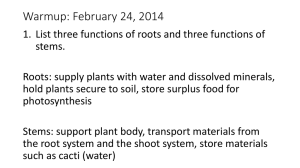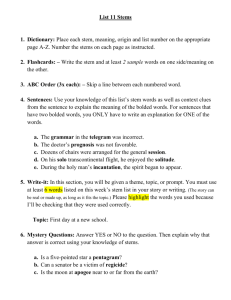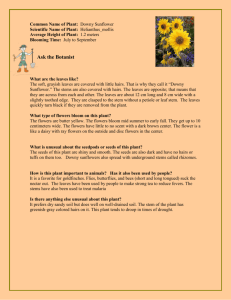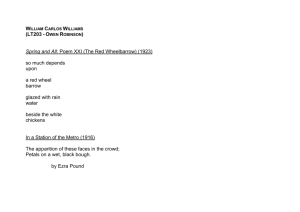Pearl Everlasting Leaflet LI
advertisement
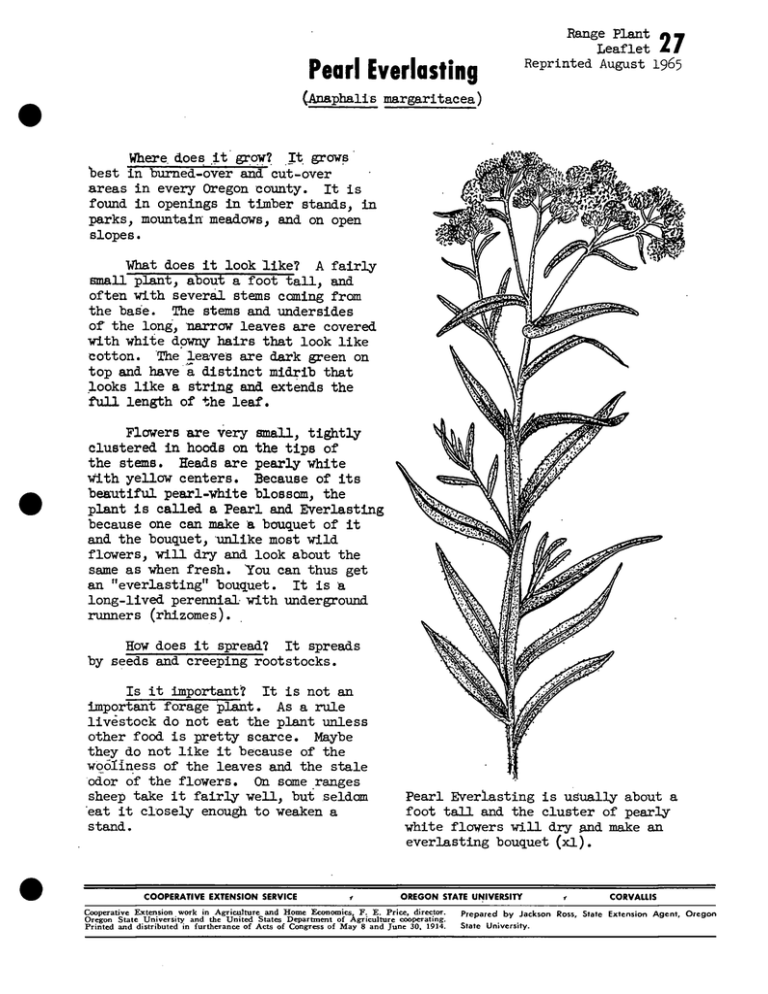
Range Plant nv Leaflet LI Pearl Everlasting Reprinted August 1965 (Araphalls margaritacea) Where does it groy? It grows "best in burned-over and cut-over areas in every Oregon county. It is found in openings in timber stands, in parks, mountain meadows, and on open slopes. What does it look like? A fairly Rinall"plant, about a foot tall, and often with severaJ. stems coming from the base. The stems and undersides of the long, narrow leaves are covered with white downy hairs that look like cotton. The leaves are dark green on top and have a distinct midrib that looks like a string and extends the full length of the leaf. Flowers are very small, tightly clustered in hoods on the tips of the stems. Heads are pearly white with yellow centers. Because of its beautiful pearl-white blossom, the plant is called a Pearl and Everlasting because one can make a bouquet of it and the bouquet, unlike most wild flowers, vill dry and look about the same as when fresh. "You can thus get an "everlasting" bouquet. It is a long-lived perennial with underground runners (rhizomes). How does it spread? It spreads by seeds and creeping rootstocks. Is it Important? It is not an important forage plant. As a rule livestock do not eat the plant unless other food is pretty scarce. Maybe they do not like it because of the wqoliness of the leaves and the stale odor of the flowers. On some ranges sheep take it fairly well, but seldom eat it closely enough to weaken a stand. COOPERATIVE EXTENSION SERVICE Pearl Everlasting is usually about a foot tall and the cluster of pearly white flowers will dry and make an everlasting bouquet (xl). OREGON STATE UNIVERSITY Cooperative Extension work in Agriculture and Home Economics, F. E. Price, director. Oregon State University and the United States Department of Agriculture cooperating. Printed and distributed in furtherance of Acts of Congress of May 8 and June 30, 1914. CORVAUIS Prepared by Jackson Ross, State Extension Agent, Oregon State University. Other names - Indian tobacco and Life Everlasting. Description; Length of life - Long-lived perennial. Height - Usually about a foot. Leaves - Usually 2 to 3 inches long and only half an inch wide. Margins straight (not saw-toothed or divided). Midrib prominent, almost like a white string laid along the center. Leaves come directly from the stem with no stalk of their own. Upper side is green, lower side white and woolly. Leaves are widest near the middle and taper to each end. Flowers - Borne in. tight clusters at the tips of the stems. The flowers give the plant its name — Everlasting. The rather showy pearly-white bracts are really papery scales that, shingle-like, overlap from the stem to the .yellow centers, which are filled with the real flowers. These white, papery scales last indefinitely, so if you want to give someone a bouquet that will last, give the person this flower. Stems - Usually about a foot tall, rarely branched, covered with soft white hairs. Roots - Mostly in the top foot of soil. There are numerous rootstocks that give rise to new stems. Hence) one original plant often forms mats with many stems, all connected. Does this plant resemble any other plant? Yes, it is often mistaken for yild buckwheat (Eriogonom), -which also grows~in mats and has a somewhat similar head. The various buckwheats have mostly basal leaves and the stems bearing the flowers do not usually have leaves. Eriogonom stems are mostly more woody. Rose pussytoes also resembles Everlasting and has a s1.Tni1.ar flower. Like the buckwheats, the pussytoes have mostly basal leaves. So, if a plant has the everlasting type of flower, and has leaves all the way up the stem, and the stem is not branched except at the flower head, and if leaves and stem are voolly, it1 s Pearl Everlasting.


